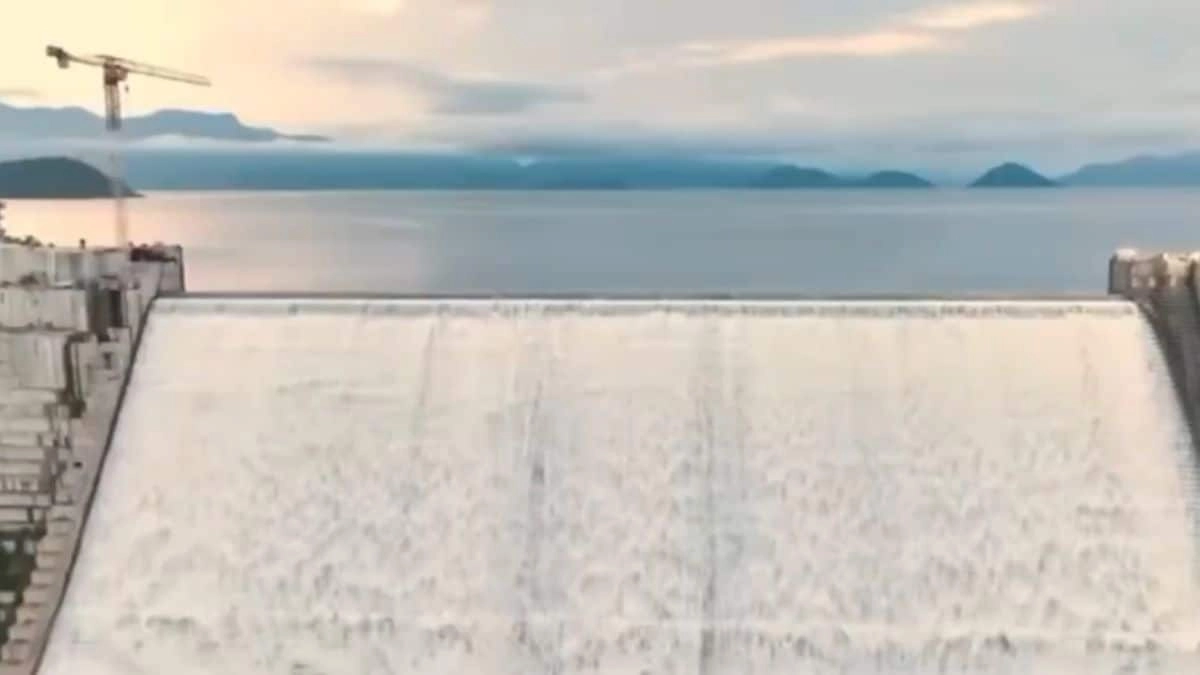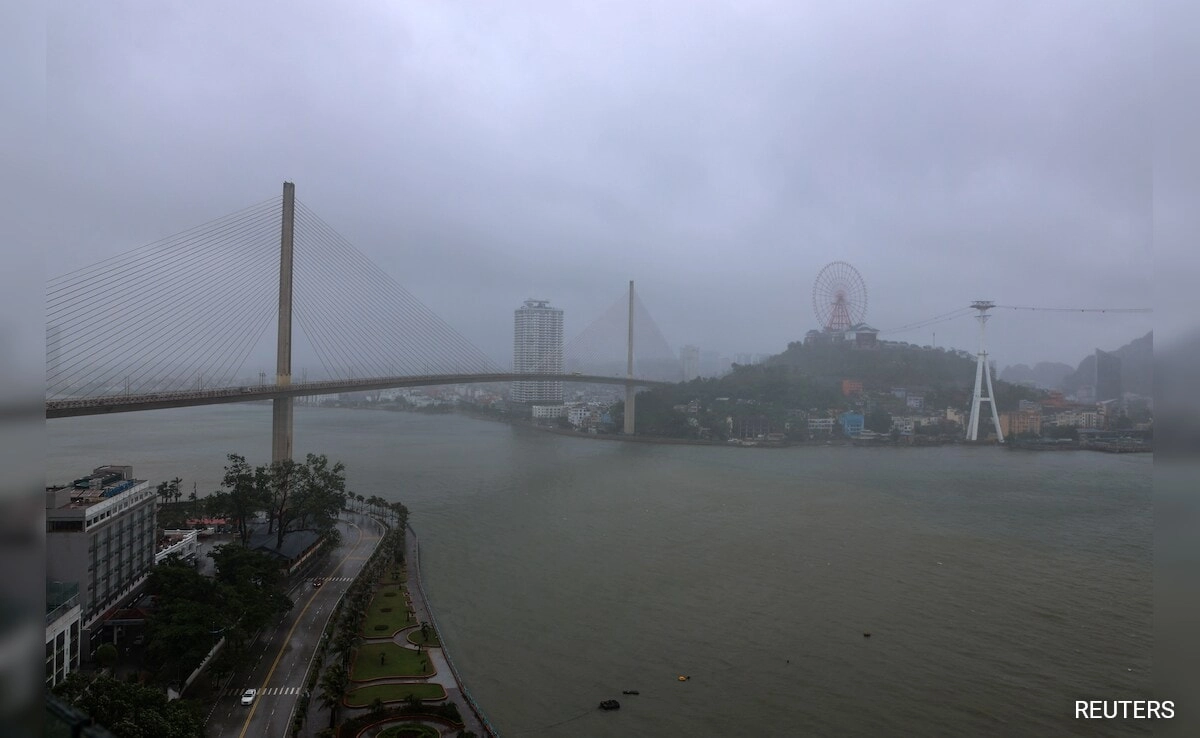Ethiopia has officially completed the construction of its Grand Ethiopian Renaissance Dam (GERD) on the Nile River, marking a significant milestone in the nation’s efforts to harness its vast water resources. The dam, which is the largest hydroelectric project in Africa and one of the largest in the world, aims to generate over 6,000 megawatts of electricity. This ambitious project not only seeks to provide a substantial boost to Ethiopia’s energy supply but also positions the country as a potential energy exporter in the region. With its completion, Ethiopia hopes to alleviate energy shortages that have hindered its economic development and improve the living standards of millions of its citizens.
However, the completion of the GERD has not been without controversy. The dam has been a source of tension between Ethiopia and its downstream neighbors, particularly Sudan and Egypt, which rely heavily on the Nile’s waters for their own agricultural and domestic needs. Both countries have expressed concerns that the dam will significantly reduce the flow of the Nile, threatening their water security. Despite ongoing negotiations, disagreements about the filling and operation of the dam persist, highlighting the complexities of transboundary water management in a region where water scarcity is a critical issue.
Ethiopia maintains that the GERD is essential for its development and that it will not harm its neighbors. The Ethiopian government has emphasized that the dam is designed to regulate the flow of the Nile, rather than diminish it. Furthermore, officials argue that the dam will create job opportunities, boost economic growth, and ultimately contribute to regional stability by fostering cooperation in energy sharing. As the dam begins operations, its impacts on the surrounding environment and communities will be closely monitored, as will the ongoing dialogue between Ethiopia, Sudan, and Egypt to ensure equitable management of one of Africa’s most vital resources.
The completion of the Grand Ethiopian Renaissance Dam represents not only a triumph of engineering but also a pivotal moment in the geopolitics of the Nile River. The project underscores the critical balance between development and diplomacy in resource-rich regions. As Ethiopia embarks on this new chapter, the international community will be watching closely to see how it navigates the challenges ahead, particularly in maintaining good relations with its neighbors while pursuing its national interests. The GERD is poised to reshape the energy landscape in East Africa, but its success will ultimately depend on collaborative efforts and a commitment to sustainable resource management among all Nile Basin countries.




